“Let me call you back.” A sentence I heard three times as Tim Wendelboe patiently reconnects our call, hoping to catch a better signal. At 9 a.m. on a warm humid day, where midday temperatures will undoubtedly reach the high end of the 80s, Wendelboe is having a challenging time hearing me on the other end of the line. Down in Marcala, a municipality in the southern Honduran region of La Paz, I’m catching him as he embarks on a 40-brew tasting day. Known for its coffee production and boasting the first “protected origin denomination” for coffee, Wendelboe is there to put its cherries to the test. With multiple titles from the likes of the World Barista Championship and the World Cup Tasting Championship, Wendelboe is perhaps one of the most qualified professionals currently in the coffee game.
Ever humble in his pursuits, Wendelboe confesses, “Although I know a lot about coffee, I am not an expert.” Having applied for a job at Stockfleth’s—one of Oslo’s first coffee shops—in 1998 on a whim, Wendelboe’s growth and education has come up along with the industry. “I learn so many new things about coffee and tasting every day, and both the industry and I develop all the time,” he says. Not even a coffee drinker at the time, Wendelboe’s passion has become such that he now has a renowned eponymous café in Norway’s capital, and roastery alongside it. “I was probably more interested in the barista craft in the beginning,” he explains. “But the more I learned about coffee, the more interesting it got and the more I understood that I had to [study] roasting and growing coffee—[not only] the brewing part.”
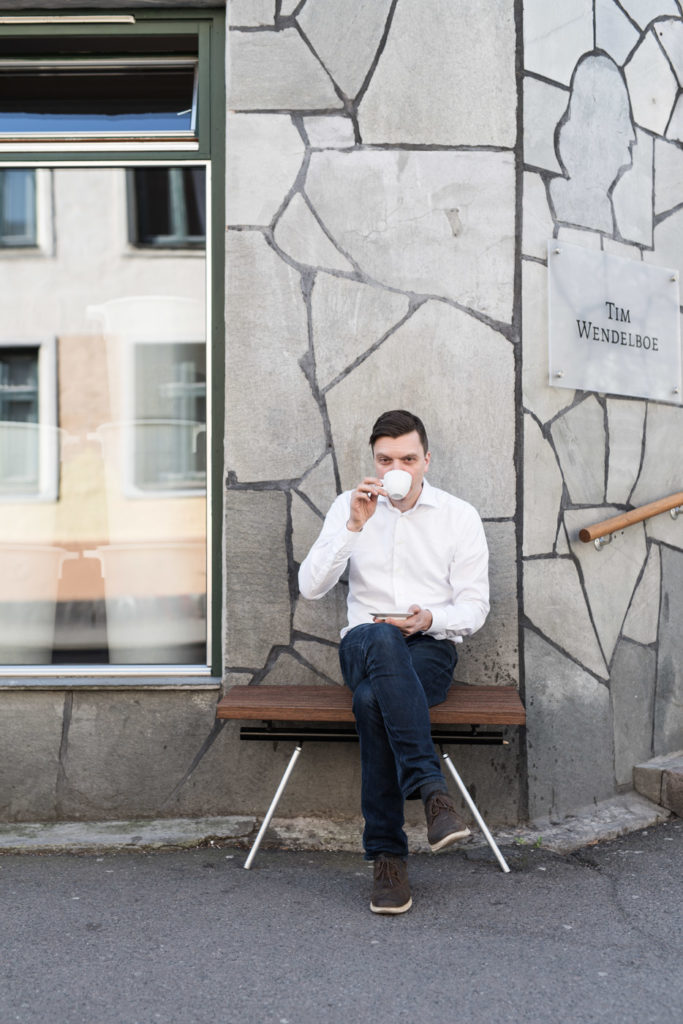
It’s said it’s better to beg forgiveness than ask permission, and Wendelboe’s first pass at roasting proved the truth in that practice. As an immediate reaction when asked to recount his first time, Wendelboe lets out an earnest laugh—a good-natured acknowledgement of a younger man—callow, but earnest. “I really wanted to learn how to roast with my former employer. But at their roastery, their guys didn’t want me to dip my foot into it. I would ask them questions and it would make them uncomfortable,” he explains.
Finally, Wendelboe says, “My espresso teacher showed me how the equipment worked, and without asking permission I just thought I’d try it. I had this feeling of ‘I have to finish before they catch me.’” While an audacious move, as another saying goes: fortune often favors the bold. “After I did it and there were no explosions, they thought it was okay. They saw that I managed to do it, so we began roasting on the bigger machines.”
In 2007, after having a hand in opening several Stockfleths locations, Wendelboe opened what is now considered a destination for the coffee enthusiast and pilgriming caffeinated traveler. True to Scandinavian style, it is unsurprising that Tim Wendelboe (the café, not the man) is outfitted with mid-century modern furniture and an overall unfussy aesthetic—the space filled by warming aromas of roasting coffee. After a great deal of time as a hair salon in the ‘60s, the building, which was constructed in the 1890s, was returned to its original splendor. Through refurbishing wooden floors, stripping the ceiling and tearing down confining walls, Wendelboe’s renovation was a labor of love. And the striking centrepiece—a coffee bar made up of African wood panels from the previous salon’s ceiling—obscures an even more recognizably Scandinavian feature: an IKEA kitchen counter.
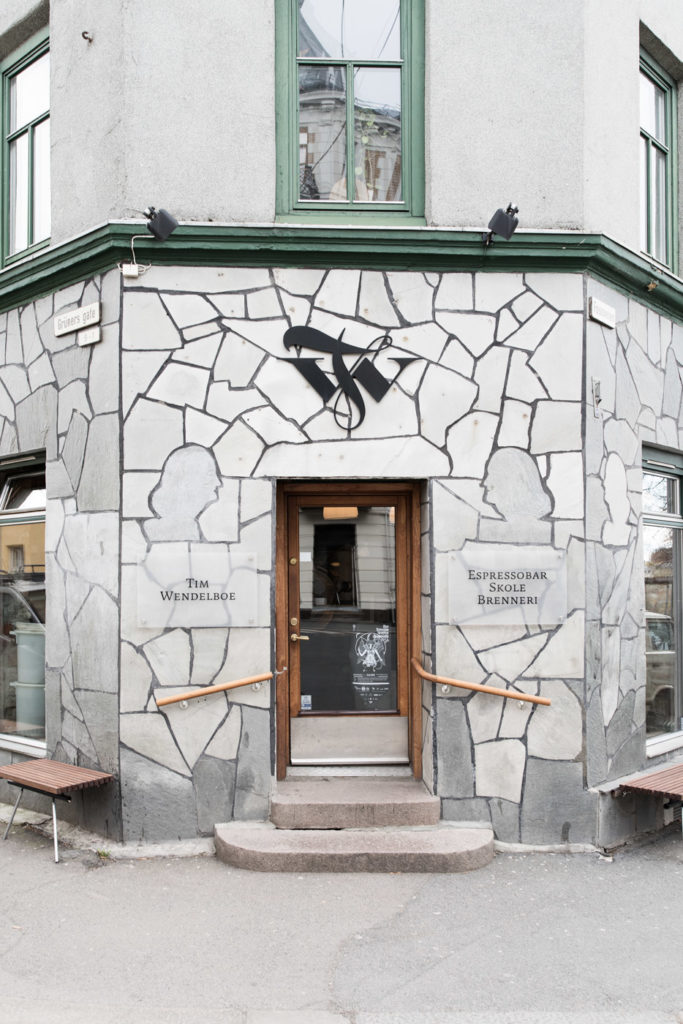
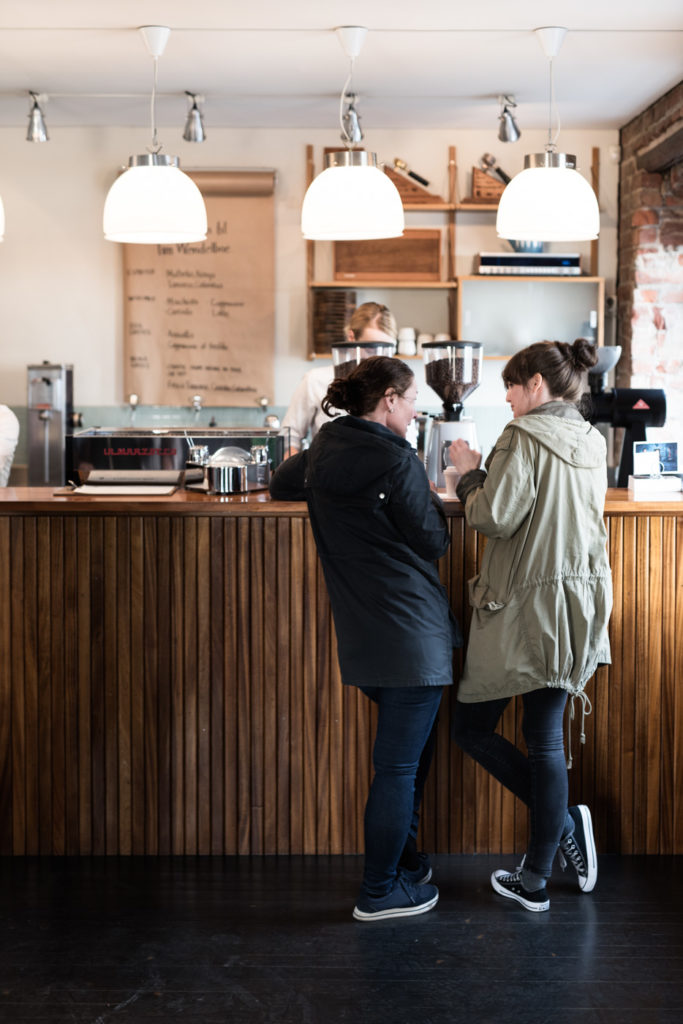
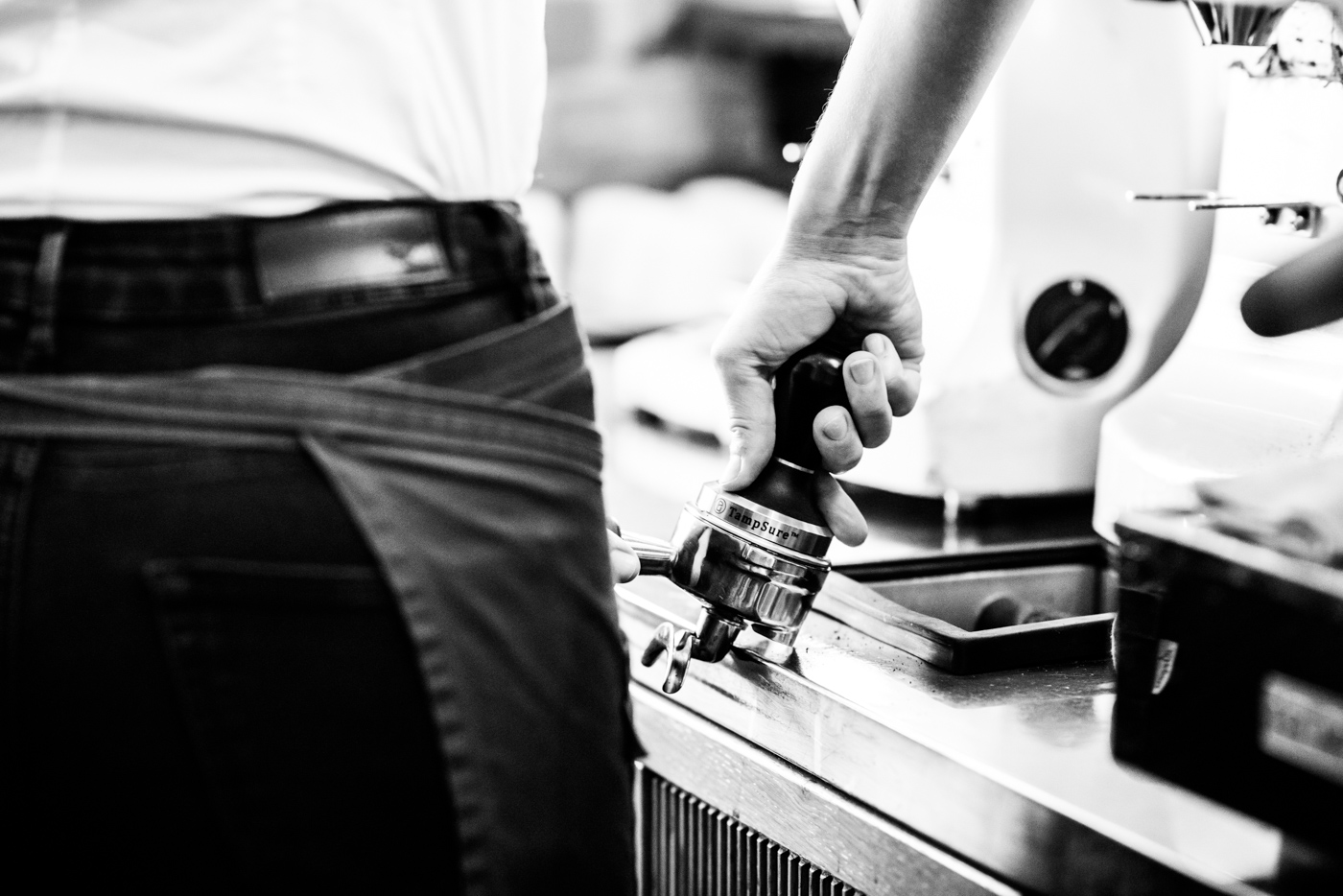


Presently, with two additional hands to help at his roastery, Wendelboe’s main responsibility is to set profiles of the coffee. Afterall, it is his name on the bag. “My palate is reflected in the way we roast, and we roast very light.” The Norwegian native elaborates, “The food we eat [in Scandinavia] has a high acidity because we have very cold climates, so we’re used to it. In the beginning, I was just looking for extremely aromatic coffee. They had to have a flavor of 10 points or even more. Now I look for cleanliness, transparency, sweetness, structure—and I’m not so focused on the aromatics themselves. The coffees I’m purchasing now—I know already they’re good coffees. So I’m looking for different things.”
Roasting three times a week, each batch is individually cared for from the time a client places an order to when it’s packaged immediately following a quality control panel where color, weight, and of course, taste are all examined. So while it may all be more technical than simply-for-fun these days, for Wendelboe, “The craft of roasting is being able to interpret the raw materials that you have. And once you get your head around roasting, you realize that all the potential in the quality is made at the farm level—it’s the most important goal.”
A matter that dives deeper beyond the brewing or even roasting processes, Wendelboe is an advocate of sustainable and transparent coffee trade, as well as a co-founder of Nordic Approach. A progressive green sourcing company, Nordic Approach is dedicated to improving farming practices and giving back to producers. “Working with our four producers in Central and South America, we have really improved the quality of their coffees together, and that for me is the ultimate reward,” he professes. But Wendelboe reveals that although a set process has been established at his roastery, “It doesn’t mean we are at a stand still. We constantly develop and try to improve what we do, and although we feel strongly about our methods, it is not the only way to do things.”
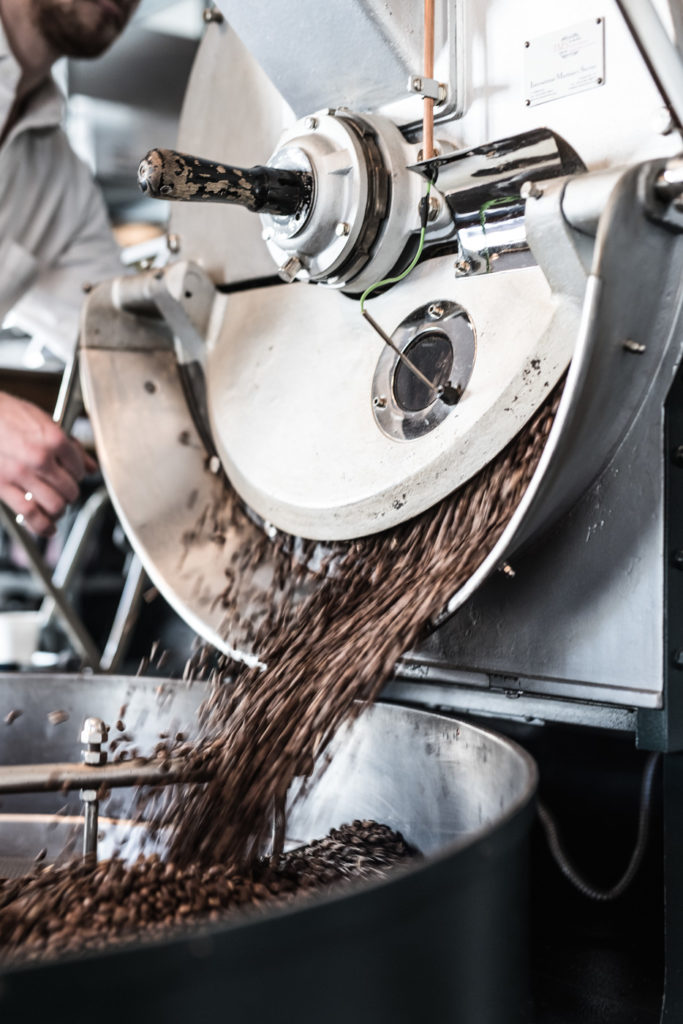

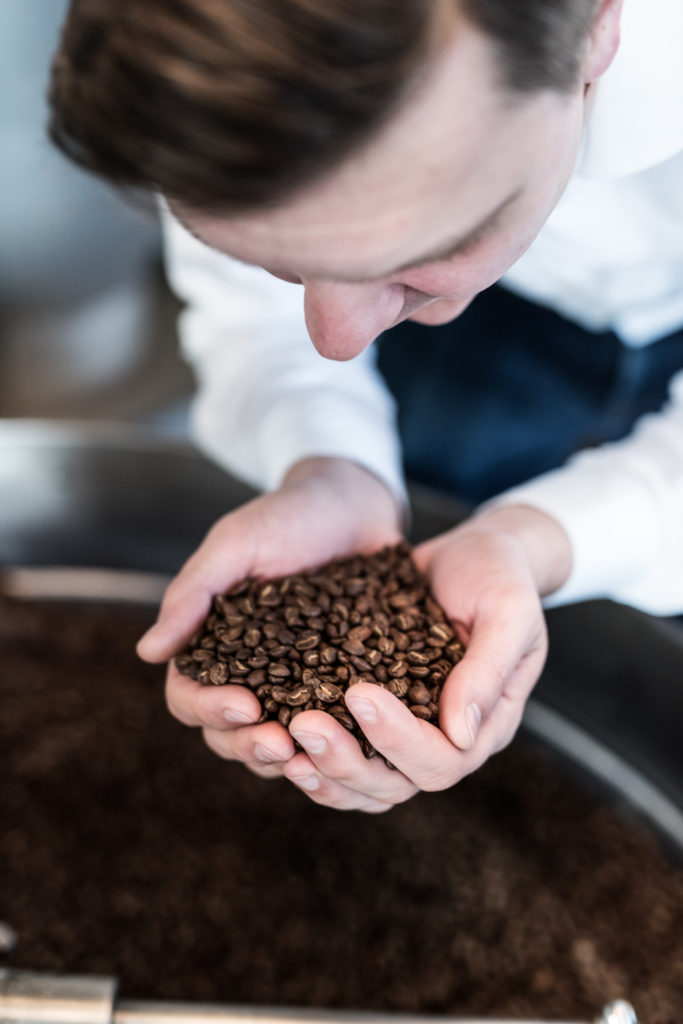
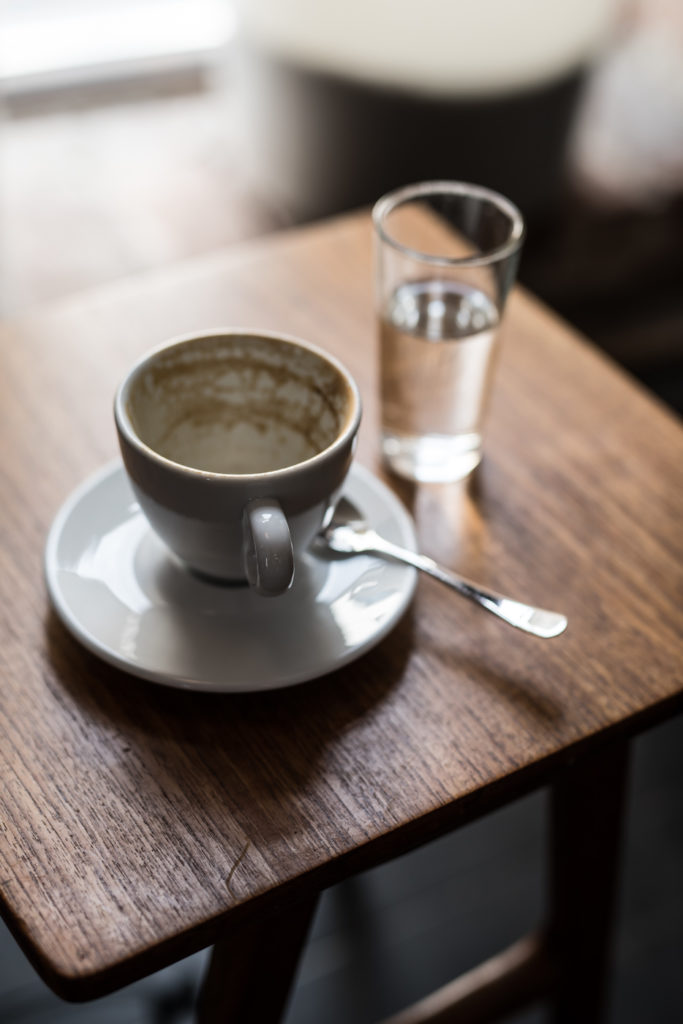
And Wendelboe wanted to start from the ground up—literally. Focusing his efforts on soil biology, he enrolled in a seven-month correspondence course with Dr. Elaine Ingham, a leading American soil microbiology researcher and founder of Soil Foodweb Incorporated. During a lecture Wendelboe held at CoLab in Paris, he examined the damaging cycle of mineral fertilizing farming (conventional farming), how the coffee industry might begin to rectify this pattern with biological farming (farming without the use of processed fertilizers or pesticides), and employing thermal composting. Compost heat is produced as a natural byproduct of the microbial breakdown of organic material. With a well-designed compost system, temperatures will heat up to 40° to 50℃ in just two to three days. Temperature is a key component in determining the success of a composting operation, ideally being held above 50℃ and below, at most, 65℃. Anything higher and the compost quickly goes from thriving microorganisms to decomposing organic matter.
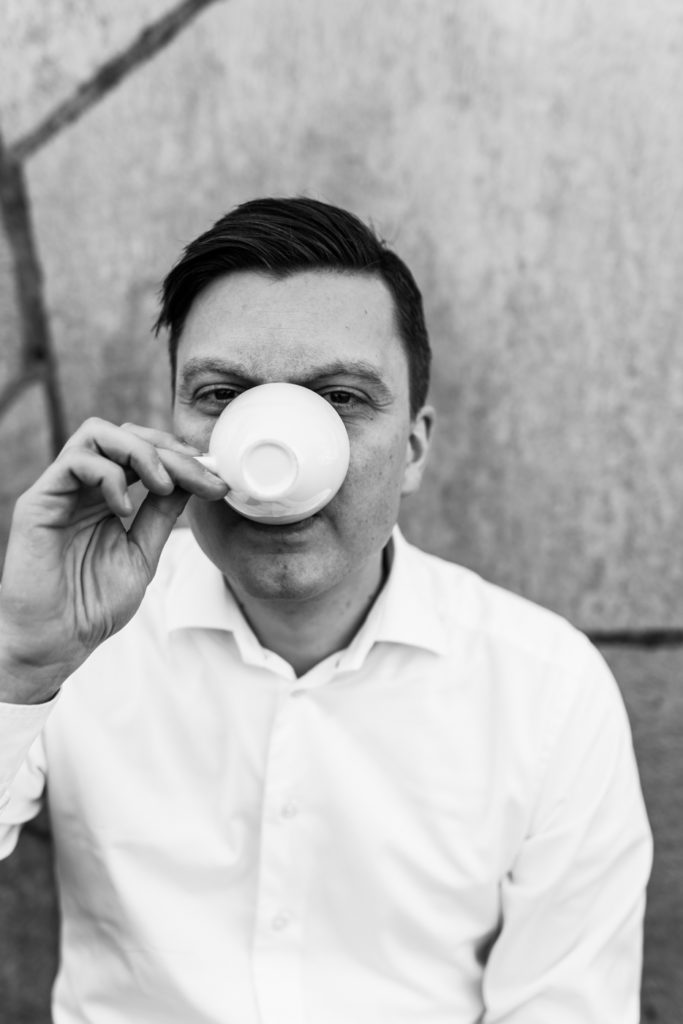
A man leading by example and committed to the cause, in 2015 Wendelboe purchased seven hectares of land in the municipality of El Pital in Huila, Colombia. There, he intends to grow coffee the way he believes it ought to be. A hotly anticipated endeavor, the land was previously owned by Elias Roa of the farm Finca Tamana, a longstanding producer and friend of Wendelboe’s. “Given that I succeed with my techniques and theories, and actually manage to produce coffee,” he says with true Norwegian sarcasm. “It will hopefully be be my biggest achievement in five to 10 years time.”







Our comments section is for members only.
Join today to gain exclusive access.